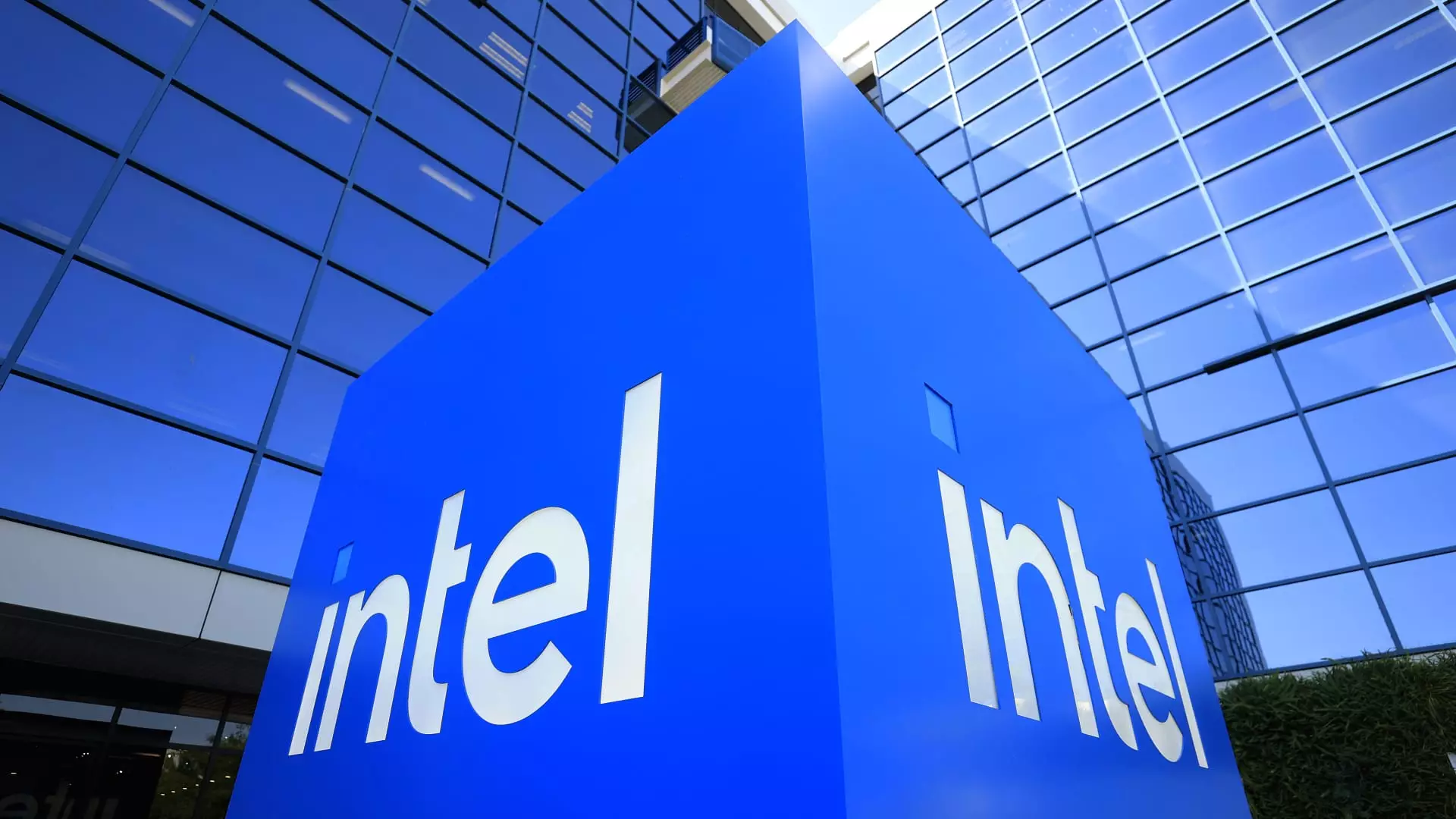The latest surge and slump in the stock market expose a disturbing truth: many companies are teetering on shaky ground, masked temporarily by market enthusiasm or short-term technicalities. For example, FactSet Research Systems’ disappointing earnings and lowered full-year guidance highlight the fragility lurking beneath corporate facades. When adjusted earnings fall short of analyst expectations and full-year outlooks are cut, it signals a potential economic slowdown or corporate weakness that cannot be ignored. Investors should be wary of celebrating these minor beats; they often distract from the larger risk of an earnings correction that could destabilize markets further.
Meanwhile, other companies like Darden Restaurants and Nucor exemplify this shift. Darden’s earnings missed expectations despite revenue meeting forecasts, illustrating that top-line growth does not necessarily translate into profitability or financial health. Nucor’s downgrading expectations suggest that even traditionally resilient sectors like steel are feeling the squeeze, foreshadowing a slowdown that could ripple across manufacturing, construction, and infrastructure sectors, ultimately weighing heavily on economic prospects.
Market Optimism Fueled by Selective Wins and Speculative Hype
Though some stocks claimed gains—Wynn Resorts rising on international gaming optimism and Novo Nordisk surging on obesity drug developments—these are not necessarily indicative of broader economic strength. These moves are driven largely by sector-specific catalysts or short-lived investor hype rather than a sustainable macroeconomic narrative. Wynn’s rise, for example, reflects tailwinds in international travel and entertainment but ignores ongoing global geopolitical risks that could hamper recovery. Similarly, Novo Nordisk’s impressive results signal progress but are unlikely to compensate for the broader pharmaceutical sector’s vulnerability to regulatory changes or market saturation.
Cryptocurrencies like Bullish, which jumped over 10% on their first earnings since going public, reveal the speculative side of today’s markets. While such enthusiasm may seem promising, it more accurately underscores investor desperation for high-growth alternatives in a sluggish economy. The fact that these assets rely heavily on hype and investor sentiment underscores their fragility. They are not the foundations of a resilient financial system but rather bubbles that threaten to burst when reality inevitably catches up with inflated valuations.
Technological and Political Risks: A Double-Edged Sword
The rise of quantum stocks, such as IonQ and Rigetti, demonstrates the increasing importance of innovation—yet also highlights the speculative nature of these investments. While quantum technology promises transformative changes, the sector remains in early stages, and valuations are driven more by future potential than current earnings. The partnering with government agencies, like IonQ’s agreement with the Department of Energy, is an encouraging step but not enough to negate underlying risks of technological obsolescence or funding cuts.
In contrast, cybersecurity firms like CrowdStrike continue to show resilience, posting solid guidance and strategic partnerships. However, even this sector faces geopolitical risks—state-sponsored cyber threats, regulatory pushbacks, and international conflicts could diminish growth prospects. Relying on such technology-driven sectors for economic stability is risky; their success depends heavily on continued political stability and technological leadership, two factors that are far from assured amid ongoing global tensions.
The political and regulatory landscape presents a double threat. Vaccine makers’ continued coverage agreement underscores how government policies impact broader health markets—yet any shift or policy reversal could introduce volatility. Likewise, the airline and hospitality sectors’ setbacks, such as Darden’s earnings miss and the decline of StubHub, reflect how macroeconomic pressures, inflation, and reduced consumer spending can swiftly erode gains. These sectors remain highly sensitive to political decisions, inflationary pressures, and consumer confidence, which are all susceptible to change in an unstable political climate.
The Illusion of Growth in a Cautious Economy
Despite some sectors posting gains or reaffirming growth, the overarching narrative remains one of uncertainty. The market’s midday movements expose not just opportunities but underlying vulnerabilities—particularly in manufacturing, consumer discretionary, and even high-tech sectors. As companies like Nucor warn of earnings declines and Darden’s profits disappoint, the broader economy’s resilience appears overstated.
The apparent optimism in certain pockets of the market is more a reflection of investor desperation and artificial confidence rather than genuine economic strength. The current rally, driven by select high-tech investments and speculative assets, resembles a house of cards—perturbed easily by shifts in policy, geopolitical tensions, or macroeconomic shocks. A cautious, center-right approach to economic management—emphasizing fiscal discipline, strategic investment, and prudent regulation—is more critical now than ever to prevent a potential downturn from spiraling out of control.

